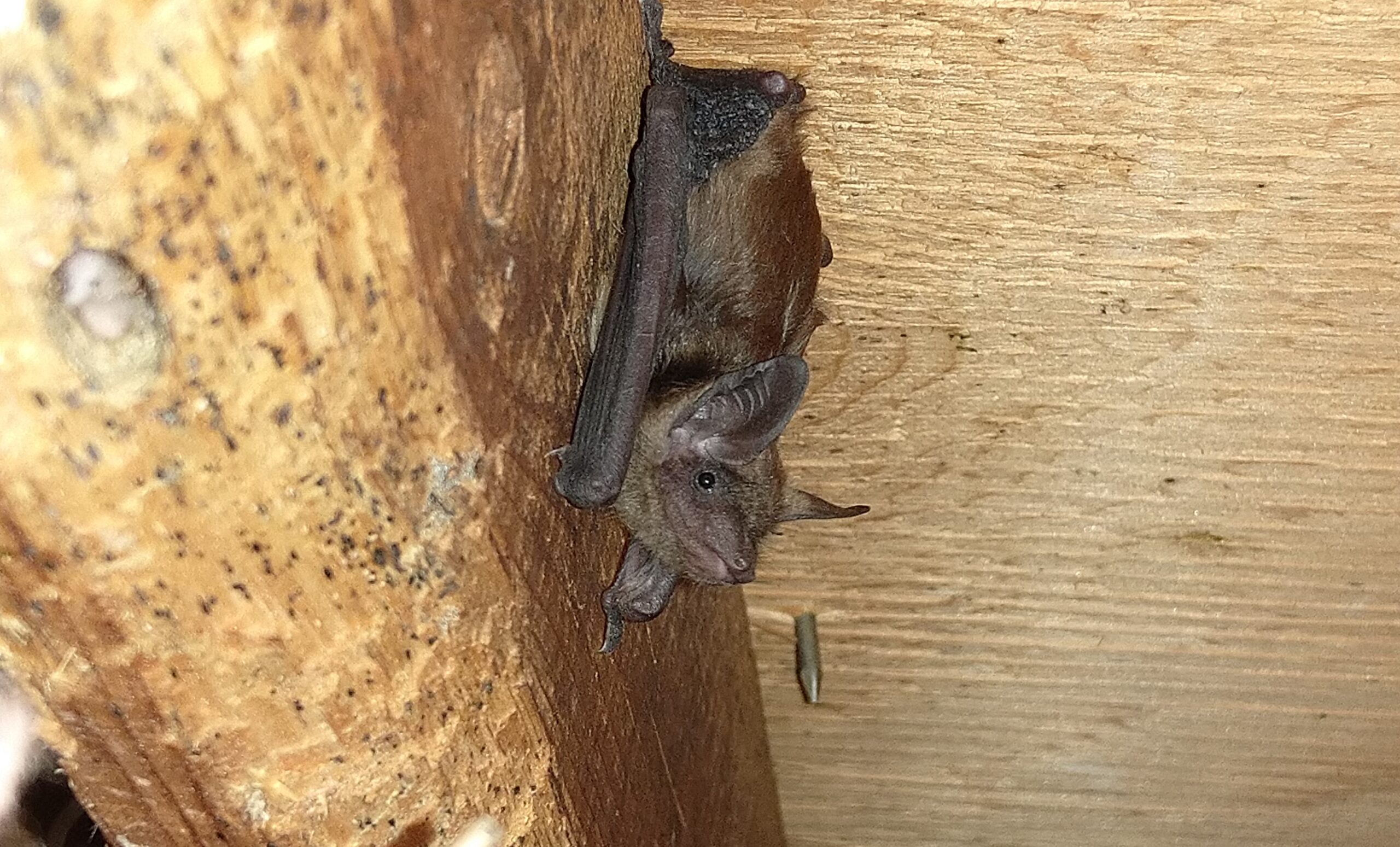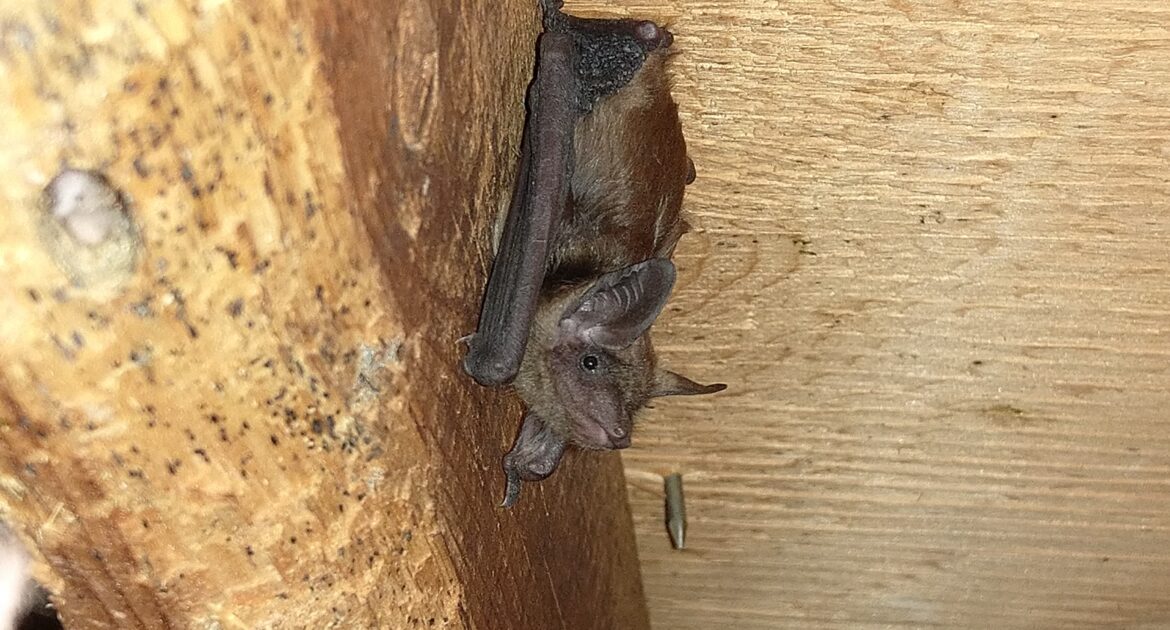Bats are common in Dublin, and while they play an important role in the ecosystem, no one wants them roosting unnoticed inside their home. These nocturnal animals are incredibly resourceful at finding entry points, often using gaps and cracks that homeowners might not even realize exist. Understanding how bats get in the house is the first step to addressing the issue, as these entry points can lead to a hidden colony in your attic, walls, or even behind vents. Ignoring the signs of bat infestation, like droppings or scratching noises at dusk, can cause problems to escalate over time.
Professional solutions are essential when you need to get rid of bats, as these animals are protected by law in Ohio, requiring humane removal methods that comply with regulations. Stay informed to protect your home and health, and know that expert help is available when it comes to bat control in Dublin.
1. Chimneys
Chimneys are one of the most common entry points for bats in Dublin homes. Since chimneys mimic the narrow, dark spaces bats naturally seek for shelter, they tend to take advantage of poorly capped or uncapped chimneys. Cracks in the mortar joints of older chimneys can also provide bats with easy access to your home’s interior.
You might notice noise around the chimney at dusk or droppings near the fireplace—both are strong signs of bat activity. Installing a properly fitted chimney cap is one of the best long-term preventative measures. However, if bats are already present inside the chimney, sealing it without addressing the animals can trap them, which is both inhumane and illegal in many cases due to wildlife protection laws. That’s why it’s crucial to get professional help to safely and humanely remove bats before sealing the entry point.
2. Roof Vents
Roof vents provide much-needed airflow for attics, but they can also welcome bats into your home if not properly screened. Gaps in vent covers or poorly secured screens give bats a pathway directly into your attic. These areas are particularly appealing because they’re warm, quiet, and rarely disturbed by people.
If you suspect roof vent activity, check for droppings or stains around the vent openings. To secure this entry point, tightly fitting vent covers or screens should be installed. Keep in mind that bats are excellent climbers and can find their way into even the smallest gaps, so precision is key when sealing vents.
3. Gaps Around Windows and Doors
Even the tiniest gaps around windows and doors can become an entry point for bats. Unlike rodents, bats don’t need to chew their way inside—they simply find pre-existing openings. These gaps are often the result of deteriorating caulk, unsealed edges, or poorly fitted hardware.
Inspect your home for gaps around window frames and door edges, especially attic windows or old structures where seals may have degraded. Weatherstripping and sealing these gaps with caulk or foam can eliminate these access points. However, if bats are actively using these spaces, professional exclusion techniques should be employed to ensure the animals are safely removed before sealing.
4. Eaves and Fascia Boards
Eaves and fascia boards are snug, sheltered spots that bats frequently use to gain access to homes. Over time, wear and tear or improper construction can leave small openings in these areas. Bats are known to squeeze their way into spaces as small as 10-15 millimeters, which makes these gaps an ideal entry point.
Regularly inspect your home’s eaves and fascia boards for signs of wear, such as loose boards or discolored wood. Replacing damaged sections and sealing gaps with durable weatherproof materials can prevent bats from entering. Again, if bats are present, it’s important to address their removal through humane methods before completing any repairs.
5. Siding and Exterior Wall Gaps
Loose siding panels or gaps in external walls can also serve as an open invitation for bats. Dublin’s older homes, many of which feature traditional stone or brickwork, are especially at risk. Over time, shifting building materials can create entry points for bats seeking shelter.
Look for gaps where siding meets windows, doors, or foundations, as these are prime locations for access. Reinforcing these areas with tight-fitting siding or specially designed wildlife exclusion materials can help protect your home. Professional wildlife removal experts can assess these areas thoroughly to identify and resolve any hidden access points bats might be using.
6. Attic Access Points
Attics are a favorite shelter for bats, offering a quiet, temperature-stable environment that mimics their natural roosting sites. Attic-related entry points can include gaps around soffits, holes in rooflines, or even openings in dormers. Poorly sealed attic access hatches, such as interior pull-downs, can give bats direct entry into your living space.
Signs of a bat infestation in the attic include droppings (guano), an ammonia-like smell, or the sound of fluttering wings during nighttime hours. Once bats are removed, sealing all access points with durable materials like hardware cloth or mesh is critical. Keep in mind that bats can return to the same roost year after year if access points aren’t properly sealed.
7. Utility Line Gaps
Utilities like pipes, electrical wiring, and air conditioning lines that run into your home can inadvertently create small gaps around their entry points. Bats are opportunistic and can exploit these openings to make their way inside. Gaps around utility lines often go unnoticed, as they’re typically located in out-of-reach or rarely inspected areas.
Conducting a detailed inspection of all penetrations made by utility lines is an important step in identifying potential entry points. Sealing the spaces around these lines with insulated caulking or foam sealant can eliminate access points and help protect against reinfestation.
Why Choose Skedaddle for Wildlife Control
At Skedaddle, we’ve spent decades mastering humane wildlife removal methods while helping homeowners in Dublin and beyond secure their homes against uninvited guests. From chimney caps to custom-fit vent screens, our team knows how to address every potential entry point effectively.
- Bat Removal: Our highly trained professionals are skilled in the safe and humane removal of bats from your property. We employ proven techniques that prioritize the well-being of these protected creatures.
- Exclusion Services: Skedaddle specializes in bat exclusion, sealing off potential entry points to prevent future infestations. Our exclusion approach ensures a long-lasting solution that keeps bats out while maintaining the integrity of your home’s structure.
- Home Insulation: We go beyond bat removal and exclusion by offering home insulation services. Our insulation solutions not only improve energy efficiency but also create a barrier against unwanted wildlife, including bats.
- Attic Restoration: If you’ve experienced a bat infestation, our team can assist with attic restoration. We’ll remove any contaminated insulation, thoroughly clean the area, and replace it with fresh, clean insulation to restore your attic’s integrity.
- Preventive Measures: Our experts will provide guidance and recommendations on additional preventive measures to keep bats and other wildlife away from your home.
At Skedaddle, we are committed to delivering professional and reliable services to homeowners in Dublin and surrounding areas. With our extensive experience and a strong focus on customer satisfaction, you can trust us to safeguard your home against bat intrusions effectively. Contact us today to schedule a consultation and take the first step towards a bat-free home.
Protect Your Dublin Home Today
Bats can find their way into homes through the most unexpected openings, but with the right knowledge and proactive measures, you can keep them out for good. Whether you’ve noticed signs of bat infestation or simply want peace of mind, acting sooner rather than later is essential.
At Skedaddle, our team of skilled professionals is ready to help. Contact us today and ensure your home is safe, secure, and bat-free. Don’t wait until the problem worsens—schedule an inspection and take the first step toward resolving your wildlife concerns.




